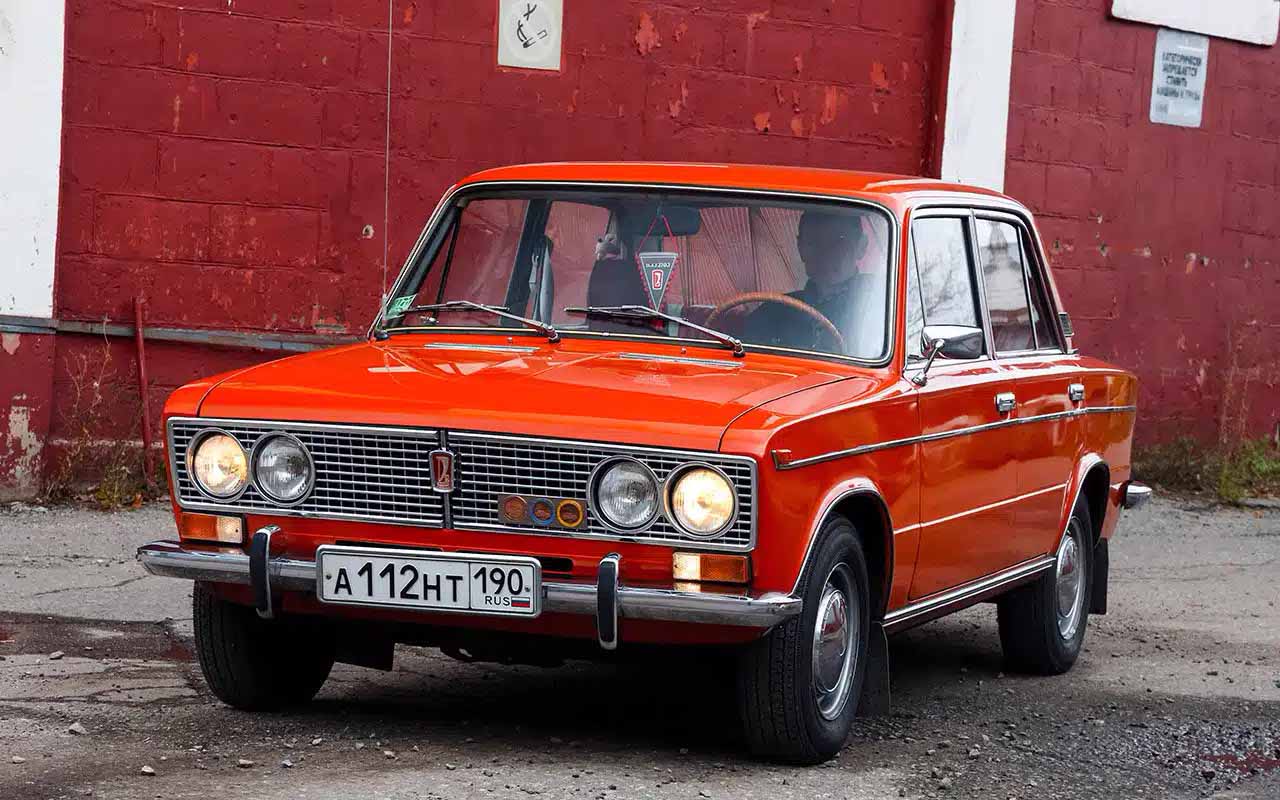Nissan has announced the imminent closure of one of its oldest foreign manufacturing facilities, the Civac plant in Cuernavaca, Mexico. Its completion is scheduled for March 2026 and will be part of a major restructuring strategy aimed at reducing global costs and improving operational efficiency.
The Civac plant, launched in 1966, was the company's first overseas production facility outside of Japan and has produced more than 6.5 million vehicles in its history. Its closure marks a structural change in Nissan's global manufacturing policy, which is focused on consolidating assets and reducing the number of plants from 17 to 10 worldwide. As part of the same strategy, it is planned to close two more Japanese plants: Oppama — by March 2028, and Shonan — by March 2027.
Production capacity from the Civac facility will be reallocated to the Aguascalientes plant, located in central Mexico. This step will not only preserve Nissan's manufacturing presence in the region, but also increase economic efficiency by centralizing logistics and unifying production processes.
Despite the elimination of the iconic company, Mexico remains a strategically important market for Nissan. The country has a stable export potential, a developed production infrastructure, and a favorable geographical location for supplies to the United States, Canada, and South America. The relocation of facilities to Aguascalientes will strengthen the brand's position in the region and create the basis for implementing a more flexible production model in a turbulent global economy.
The announcement coincided with Nissan's previously announced plans for a major transformation of its business model, including a reduction in production volumes from 3.5 to 2.5 million vehicles per year. The company is moving towards more rational asset management, adapting to changing demand, increased competition from electric vehicles and the desire to reduce its carbon footprint.
Against the background of global changes in the automotive industry, the restructuring of production chains is becoming an integral element of adaptation for automakers. Nissan's solution illustrates the long-term trend towards optimizing assets and concentrating investment in the most cost-effective and technologically advanced clusters.













